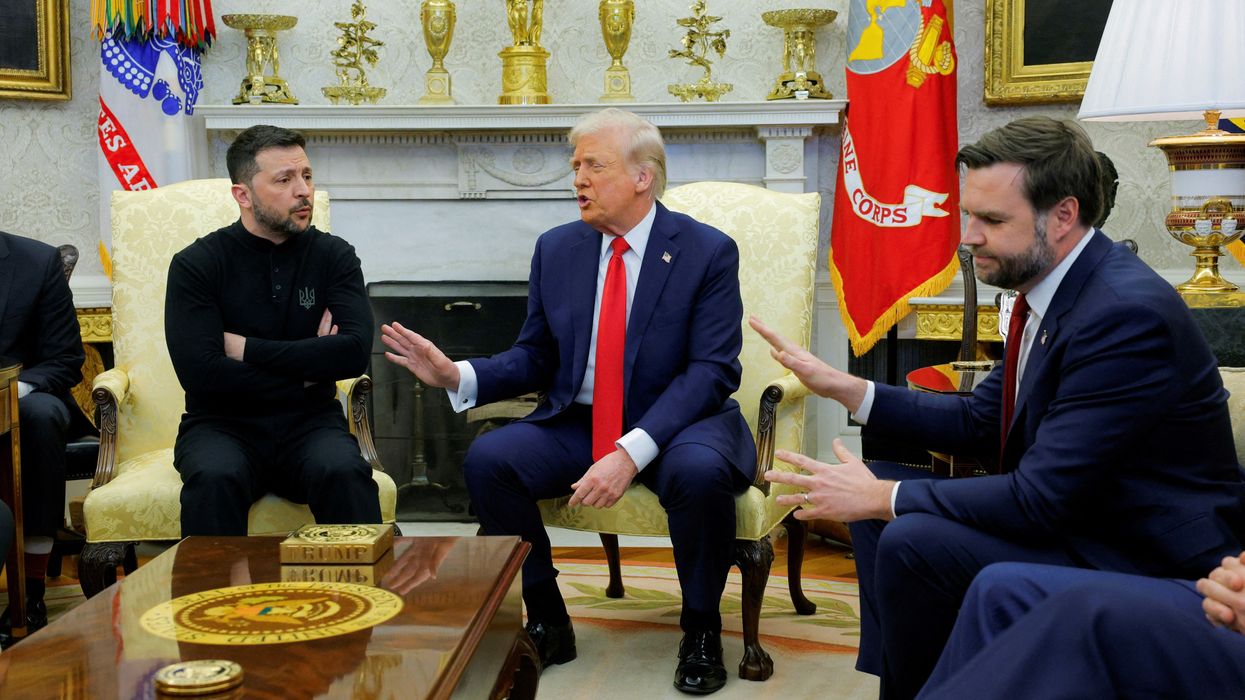After an earthquake reportedly killed at least 1,000 people in Afghanistan on Wednesday, the international community, including the UK and European Union, kick-started its provision of aid. Even an Indian air force jet landed in Taliban-controlled Kabul with supplies marking a potential overture by New Delhi, which was a longtime critic of any negotiations with the Taliban.
Meanwhile, Pakistan dispatched convoys of essential aid. Iran also pledged to provide assistance. Our partners around the world are engaging with reality in Afghanistan. The regionalization of aid and humanitarian relief to the country should be welcomed by Western capitals because it is far more sustainable and efficient.
But Washington’s risk averse approach to engagement with Taliban-led Afghanistan falls short despite being the largest provider of aid.
As Afghanistan reels from the loss of life, Washington continues to further “assess” its aid options, signaling a continued resistance to working with the Taliban directly. Why doesn’t the U.S. government have a clear and immediate response to a human tragedy of this scale in a country we occupied for two decades? How can Americans and the world hope for a more engaged and nuanced U.S. diplomacy if Washington cannot respond with clarity to such black-and-white situation?
The potential influence of the United States should not be exaggerated. Even the previous Afghan government would have struggled to respond to an earthquake of this magnitude despite substantial support from the United States and its allies. The Taliban also have agency and have adopted policies that make it difficult for foreign governments to engage in good faith. But the chilling effect of U.S. sanctions hinder Afghanistan’s development and frozen foreign exchange reserves prevent the economy from stabilizing.
The White House’s hand-wringing over engagement with Taliban-led Afghanistan feels contrived when one considers that in the not so recent past, U.S. diplomats posed for photo ops with the Taliban, laughed together, and ultimately excluded the Afghan government from negotiations with them.
This earthquake presents a test for the Biden administration. Will it take additional steps to engage with Afghans at a moment of crisis, or will it sit on the sidelines as our partners and foes alike lend a helping hand?
















